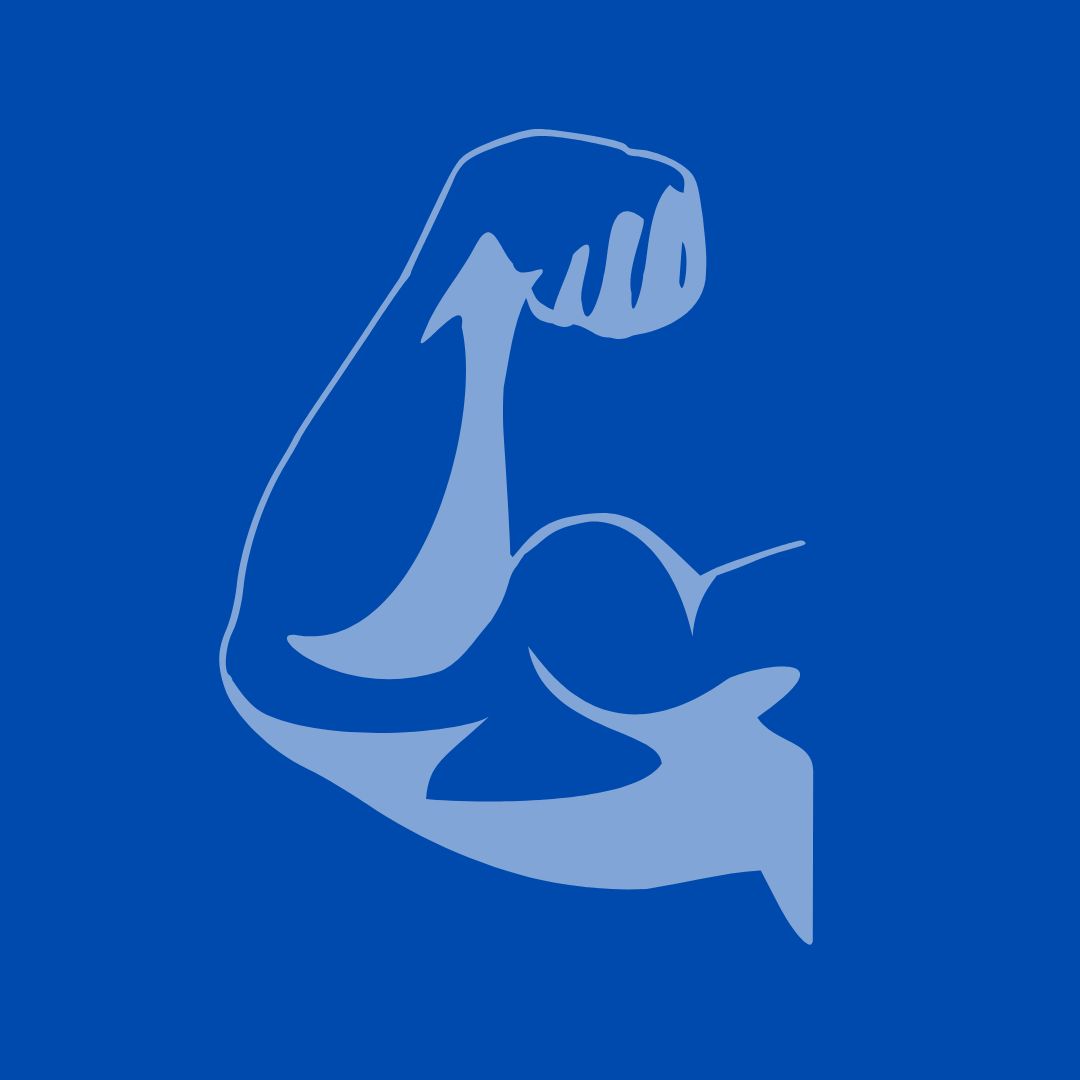One thing that I hammer home as much as possible on this website is to ‘win the mental game.’ As I have pointed out countless times in articles, someone can know all of the best exercises to do and all of the right things to eat, but it is only as good as their willingness and discipline to consistently do those things.
Without people applying what they know, the knowledge isn’t worth much outside of getting good academic scores on tests. Staying motivated in your fitness journey is paramount, and making it fun is a key ingredient to fitness success.
Bill Pearl, who is one of the greatest bodybuilders and overall athletes that the world has ever known, is famous for urging people to train hard, but also to leave some gas in the tank to help ensure that people don’t lose motivation. Pearl is a big proponent of making exercise enjoyable so that people want to keep doing it.
Fun and exercise were at the heart of a randomized controlled trial conducted by researchers affiliated with various health and academic institutions in Portugal and the United States, the findings of which were published in the academic publication International Journal of Behavioral Nutrition and Physical Activity in August 2024.
“While emerging correlational evidence suggests that more pleasant affective responses are associated with higher participation and adherence, experimental evidence remains scarce. In light of this, we conducted a preregistered, pragmatic, single-blinded, superiority randomized controlled trial with two parallel groups, with the goal of determining the impact of an individualized exercise-intensity prescription targeting pleasure on exercise frequency.” the researchers stated about the goal of their trial.
“Forty-seven non-regular exercisers were randomized into two groups. For both groups, the intervention consisted of three exercise sessions based on the Frequency-Intensity-Time-Type (FITT) principle. However, the experimental group also received an individualized intensity prescription based on prior assessment of preference for and tolerance of exercise intensity, as well as instructions emphasizing the promotion of pleasure as a basis for self-regulating exercise intensity.” the researchers stated.
“The primary outcome was gymnasium attendance over an eight-week follow-up period. Secondary outcomes were affective valence and arousal, post-exercise enjoyment, core affective exercise experiences, and anticipated and remembered affect.” the researchers also stated.
“Compared to the control group, the experimental group exhibited 77% higher session attendance (14.35 vs. 8.13 sessions) over the eight-week follow-up period (group main effect p = .018, η2p = .120; Cohen’s d ranged from 0.28 to 0.91 during follow-up). Also, the experimental group reported higher levels of pleasure during the intervention sessions (for all group main effects, p < .001, η2p from .33 to .37) and higher levels of remembered pleasure (group main effect p = .021, η2p = .116) and anticipated pleasure (group main effect p = .022, η2p = .114).” the trial’s authors concluded.
In laypeople’s terms, the group that got to focus on doing exercises that they enjoyed went to the gym at a 77% higher rate compared to the group that had to stick to a more ‘traditional structure.’ It is common sense – if you enjoy what you are doing, you are more likely to stick with it.
As I often say, find something that keeps you active that you enjoy doing, and do it for as long as you can. Your body will thank you for it!
***
Disclaimer: The contents of this article and this website are not meant to substitute for the professional advice of a doctor, nutritionist, and/or certified personal trainer. This content is provided as an educational tool to help people on their fitness journeys. While we strive to research topics as much as possible and provide useful and accurate information to the best of our abilities, we also strongly recommend talking to your doctor, nutritionist, and/or certified personal trainer before starting any workout, therapeutic, or nutritional regimen, as each individual’s needs and situations vary depending on the person.

